When does gloxinia wake up and how to care for it?
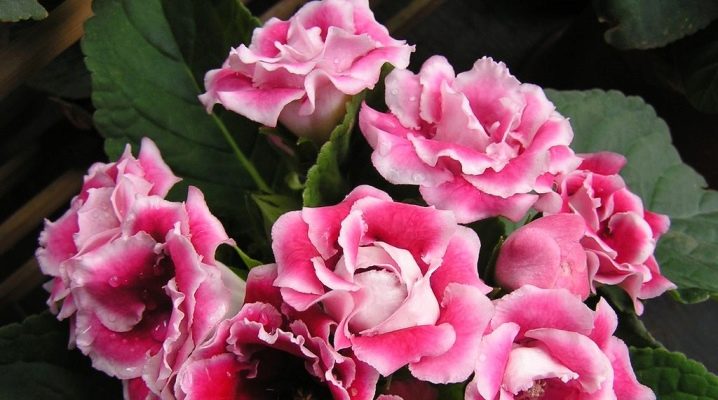
Gloxinia is in demand as a houseplant due to its unique coloring and spectacular flowering. The flower spends a lot of energy on the creation of buds, so it needs to be at rest for some time, and the plant breeder is required to prepare gloxinia for this state.
Preparation for wintering
Any gloxinia, which has bloomed at least once, retires for the winter. The larger the tuber, the better it survives the storage process. Young plants, which are one year old, may not plunge into a dormant state.
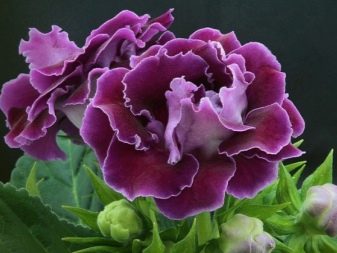
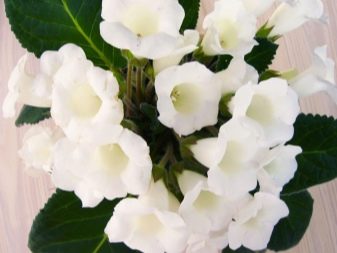
Experienced plant breeders do not advise sending an indoor flower forcibly to rest at home. Young tubers are small, which is why it is better to leave the flower on the window and continue to water it, otherwise it may simply dry out.
During the winter months, young gloxinia require special care; it is necessary for the grower to maintain the same temperature regime in the room. The ideal conditions are considered to be an air temperature of + 18.20 ° C, not higher.
If it is hot in the apartment, the stem will grow, which will adversely affect the growth of the tuber, since all the nutrients will be spent by the plant on the development of the wrong part.
In winter, watering at home is carried out less often, excess moisture leads to the appearance of putrefactive processes. Artificial lighting is installed around the plant as additional support. Lamps should provide gloxinia with at least 12 hours of light during the day. By the bush, you can immediately determine the lack of light, because then the shoots become too long and elongated. The process can be prevented by lowering the room temperature to + 18 ° C, some growers cut the stem in February, leaving only a few lower leaves.
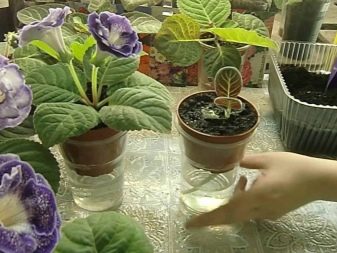

In the period from November to December, when the flower no longer blooms, the frequency of watering is reduced, the gloxinia pot is moved to a dark and dry place with good ventilation and an air temperature of + 12 ° C to + 14 ° C. Do not be afraid when the aboveground part dies, this is a completely natural process, you just need to remove it. It is at this stage that the flower plunges into a state of rest.
Before being sent for storage, the tubers are dug out of the ground, cleaned of soil, washed under water or in an antiseptic solution and dried well. It is worth remembering that residual moisture can lead to the formation of rot, which is why the thoroughness of the work carried out during the preparatory stage is so important.
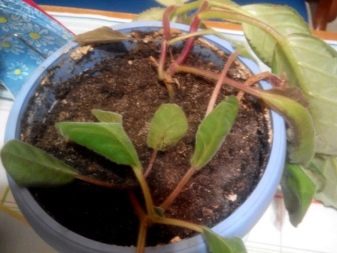
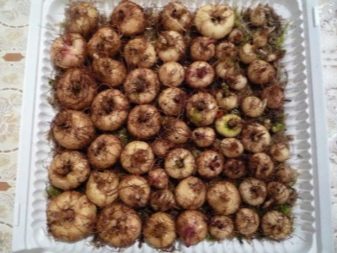
Dormant period
Gloxinia usually retires between September and October. It is during this period that the drought season begins in South America, the biological clock of the flower works as it should, even in culture. But at this time the plant is still awake, the preparation period begins.
If you do not take the gloxinia to rest on time, then next year you should not be surprised that the flowering time has shifted. The buds will appear not in the spring-summer period, but much later.
If gloxinia blooms for a long time, you do not need to speed up the process, you need to wait until the last bud dies. If everything is done correctly, then the flower will wake up in January or even February.
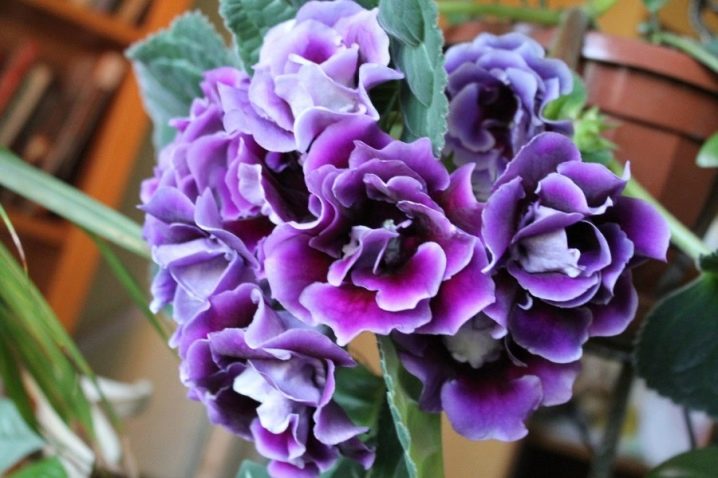
It is very important to pay special attention to the vitality of the tubers. Proper preparation includes several important points.
- From September to October, the flower is moved to a less illuminated place, you can simply rearrange it on the windowsill on the north side. The air temperature drops to + 15 ° C, watering is not stopped immediately, they just slowly reduce the amount of moisture. Portions are getting smaller, water is added only once a week. When the foliage begins to dry, watering is stopped altogether.
- The aerial part is not cut off, it must die on its own, since only in this way the nutrients present in the leaves and stems will pass into the tuber, and will help it survive at rest. If you cut off the tops, then a new stage of the growing season will begin.
- The tuber can be left stored in the soil in a pot or removed and sprinkled with sand. When stored outside the soil, it is advised to spray the tubers with Fitosporin, it will help protect them from fungal diseases.
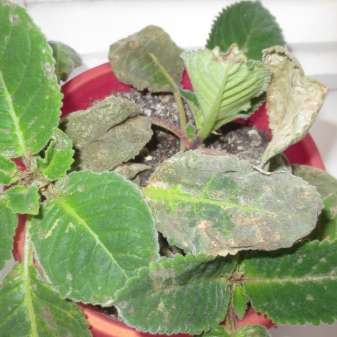
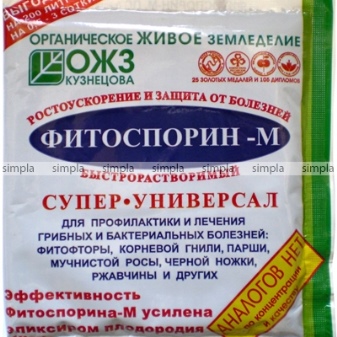
Gloxinia is stored in a plastic bag in sand or sawdust, but a couple of times during the winter the mixture is slightly moistened. Some growers use a mixture of substrate and vermiculite, others just shredded peat moss. The cellar, the bottom shelf in the refrigerator, would be an ideal storage place.
When buying tubers in the fall, they are not stored in the ground, otherwise the plant may wake up earlier than the due date. Even if it happened that the plant woke up from sleep, the amount of moisture must be immediately reduced, the young shoots must be cut off.
Young plants should be stored without removing the tubers from the ground, this reduces the risk that gloxinia will die due to lack of moisture.
If many flowers are planted in one pot, then it is worth choosing non-soil storage.
The plant bag will need to be checked periodically for rot. For soil storage, it is best to moisten the soil with pieces of ice. In both cases, gloxinia overwinters without harm to further growth, if the grower complies with the necessary requirements for storing tubers. The main thing is not to let the flower wake up ahead of schedule, but even if this happened, the situation is not critical and there is a way out.

When to wake up?
It is required to get gloxinia out of rest in early spring. After wintering, the tubers are placed in containers with a new substrate, the containers are placed on a sunny windowsill or on the street. After hibernation, it will be necessary to give more light, if it is not enough during the day, then you need to install artificial lighting. Fluorescent lamps are ideal. If this is not done, then after rest, removing the flower from a dark place, but not giving it the proper amount of light, you can get a depleted plant.
If it turned out to wake up gloxinia, but incorrectly, the stems have become thin and unattractive, it is worth cutting off the top, leaving the bottom few leaves. It's time to expose it to the light and wait for new shoots to appear. While it is impossible to increase the air temperature, it is enough to raise it to + 18 ° C.
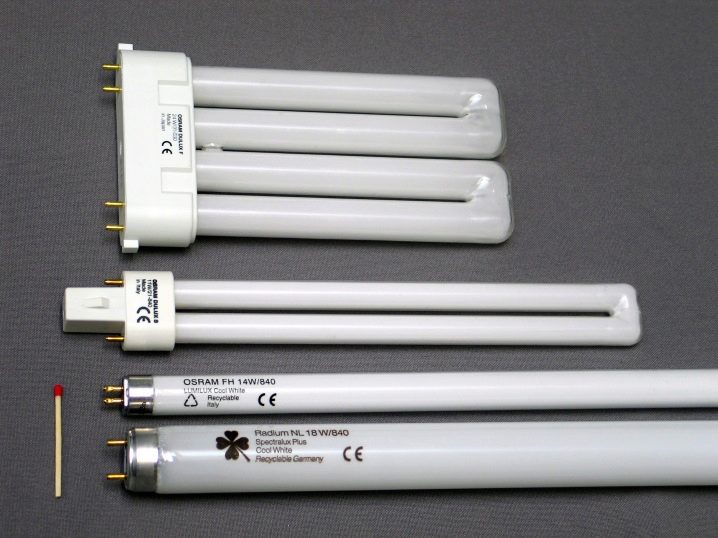
What to do if gloxinia wakes up early?
Healthy tubers most often wake up without additional support in winter in January and February, less often in December, but it also happens that it may be required by humans. If a novice grower does not know how to wake up gloxinia, then he should follow the mandatory steps.
- Take a simple plastic bag and put a few spoons of soil with a high content of peat in it.
- The soil mixture is moistened with water, the gloxinia tuber is taken out and checked for rot and other damage. If everything is fine, immerse the flower inside the bag, then tie it well.
- They remove gloxinia in a warm place with a lot of light, it is possible under a lamp with artificial light. After a few weeks, you will notice condensation inside, which will begin to accumulate on the walls. Already during this period, small shoots break through from the tuber.


Now that the root is awake, it can be planted in a pot.In the future, it is not difficult to care for gloxinia at home, you must always remember that the more light, the faster the flower awakens and grows. It is equally important to provide the plant with the necessary amount of moisture, but it is impossible to overmoisten the soil, which experienced plant breeders do not cease to repeat. If the temperature around it is not too high, moisture can cause problems.
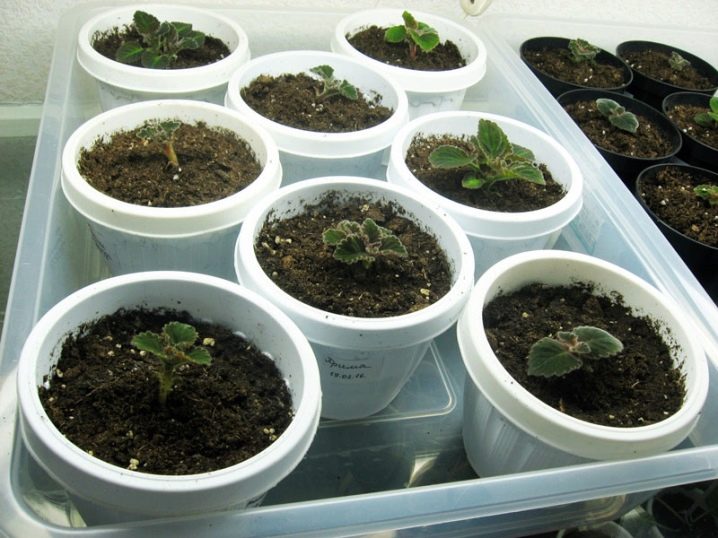
Follow-up care
With its ability to bloom at any time of the year, gloxinia is an exceptionally cultivated flower that will not grow successfully outdoors. The plant blooms 4-10 weeks after planting.
It is worth starting to water the flower in the spring, immediately after the tuber is placed in the ground.
Although the plant loves moisture, too much water or waterlogged soil is the first cause of fungal diseases, including root rot, which is not so easy to get rid of.
During the period of active flowering, you will need to regularly check the soil before watering - if it has dried out a few centimeters, then you can add the next portion of water.
For irrigation, it is better to use distilled, rain, well water, but if they are absent, you can take simple tap water, only to defend it for several days before.
The water must be warm, preferably a few degrees higher than the ambient temperature. Watering is abundant until moisture seeps out through the drainage holes at the bottom. The pot is not immediately removed to the window, they wait until the excess water drains into the container under the container, then it is emptied.

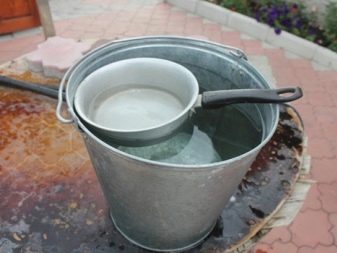
Watering is carried out only from the top, with the help of a watering can you can add moisture under the foliage. If drops fall on the surface of leaves or stems, then blot them with a paper towel. Many growers use the wick irrigation method, when one end of the wick is set into the ground, and the other is placed in a container of water at this time. The roots absorb as much moisture as needed while keeping the soil dry. Even with this method, it will be necessary to moisten the soil once a month in order to apply top dressing and remove accumulated salts.
It is worth planting with the onset of heat, so that you can provide the plant with the necessary amount of light even on the windowsill.
The best place is the southern windowsill, but it is worth remembering that direct sunlight should not fall on the foliage, since then burns may appear. It is best to move the pot away from the window a few centimeters or place it behind a curtain.
From time to time, gloxinia will need to turn the other side to the sun, if this is not done, then those leaves that will miss it will begin to grow stronger, the compact form will be lost, the bush will become ugly, it will look careless.
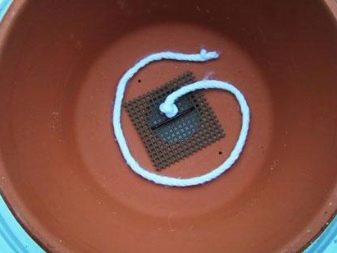
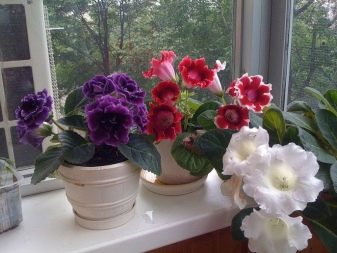
Humidity in the air is also of great importance. Dry air causes brown spots on the plant. The easiest way to maintain the required humidity level is to use automatic settings. Often, plant breeders install containers with pebbles and water near the flower, others use a spray bottle twice a day, but they do not need to spray water next to gloxinia.
It is better to feed the flower with a complex, water-soluble fertilizer, which is applied during planting in a small amount and after the root system gains strength. The best products are those that have the formula 10 * 10 * 10 on the package. In this case, the manufacturer says that the mixture contains the same amount of phosphorus, potassium and nitrogen.
For large flowers, top dressing should be applied every 2 weeks using water-soluble phosphorous fertilizers. The ideal formula is 15-30-15, where the first number is nitrogen, the second is phosphorus and the third is potassium.


From time to time, shoots are trimmed, but only this should be done with a sharp instrument, which is treated with an alcohol composition or a solution of activated carbon before each cut.
This precaution helps to avoid possible subsequent infection with a fungal or bacterial infection.
Like most houseplants, gloxinia is susceptible to disease, and the best way to prevent the problem is through prevention. As a preventive measure:
- bottom watering;
- moderate indoor humidity;
- clean tool processing;
- use of disinfected soil;
- compliance with the irrigation regime.
While fungal infections such as root and stem rot, rust and late blight can be treated with fungicides, bacterial infections are not treated and the flower in most cases dies completely.
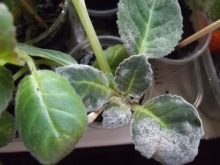
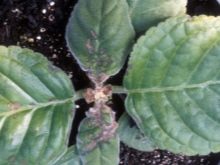
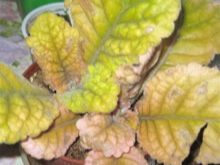
It is enough to follow the conditions of care, and gloxinia will feel healthy. Inside its foliage, moisture should not persist for a long time, especially at low ambient temperatures. It is possible to detect the disease at the first stage, if the surface of the leaves is examined in a timely manner. When putrefactive processes appear, the flower begins to smell unpleasant. If it is root rot, then the healing process takes longer and requires more strength.
If the roots are damaged, it is necessary not only to immediately remove the dead shoots, but also to change the soil, pot, and treat the roots with a fungicide.
Insects also love gloxinia. It is very easy to get rid of them, if you use neem oil, you can treat the bush with a solution of insecticidal soap or wipe the shoots and foliage with alcohol.
For flowers to look their best, you should always remove faded flowers throughout the growing season. Over time, it is difficult not to notice that the plant stops producing buds.
This is a sign that it is entering hibernation and a signal for the grower to reduce the amount of moisture, lower the temperature and stop feeding the flower.
If you properly provide care for gloxinia during the period of its growth, flowering and subsequent hibernation, then from year to year a flower with amazingly beautiful flowers will delight the eyes on the windowsill. It is impossible that gloxinia does not fall into a state of sleep at all, otherwise it may get sick and will simply die over time. This plant belongs to those indoor flowers that must necessarily rest after a long and intense flowering, this is how gloxinia gains strength for next year.
See below for how to care for gloxinia.




























The comment was sent successfully.